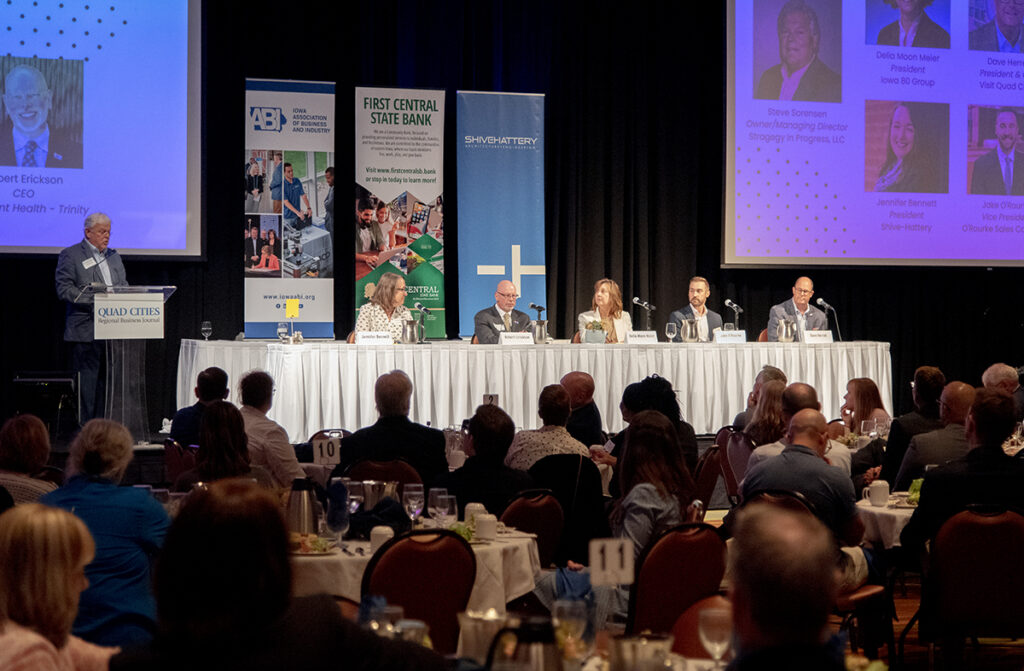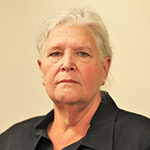ABI’s 2025 Ten Leaders to Know
QCBJ News Staff

A panel of local business leaders talks about the economy during the QCBJ's Mid-Year Week in Review. CREDIT JESSE CODLING
The economic climate continues to improve slowly in the Quad Cities but challenges remain due to pressures that include lingering labor shortages, a slow supply chain system recovery and rising interest rates.
Those were among the areas addressed by a panel of nine area business leaders who took the stage at the QCBJ’s 2023 annual Mid-Year Economic Review. The wide-ranging conversation, which followed a

Get immediate, unlimited access to all subscriber content and much more.
Learn more in our subscriber FAQ.
Do you want to read and share this article without a paywall?
